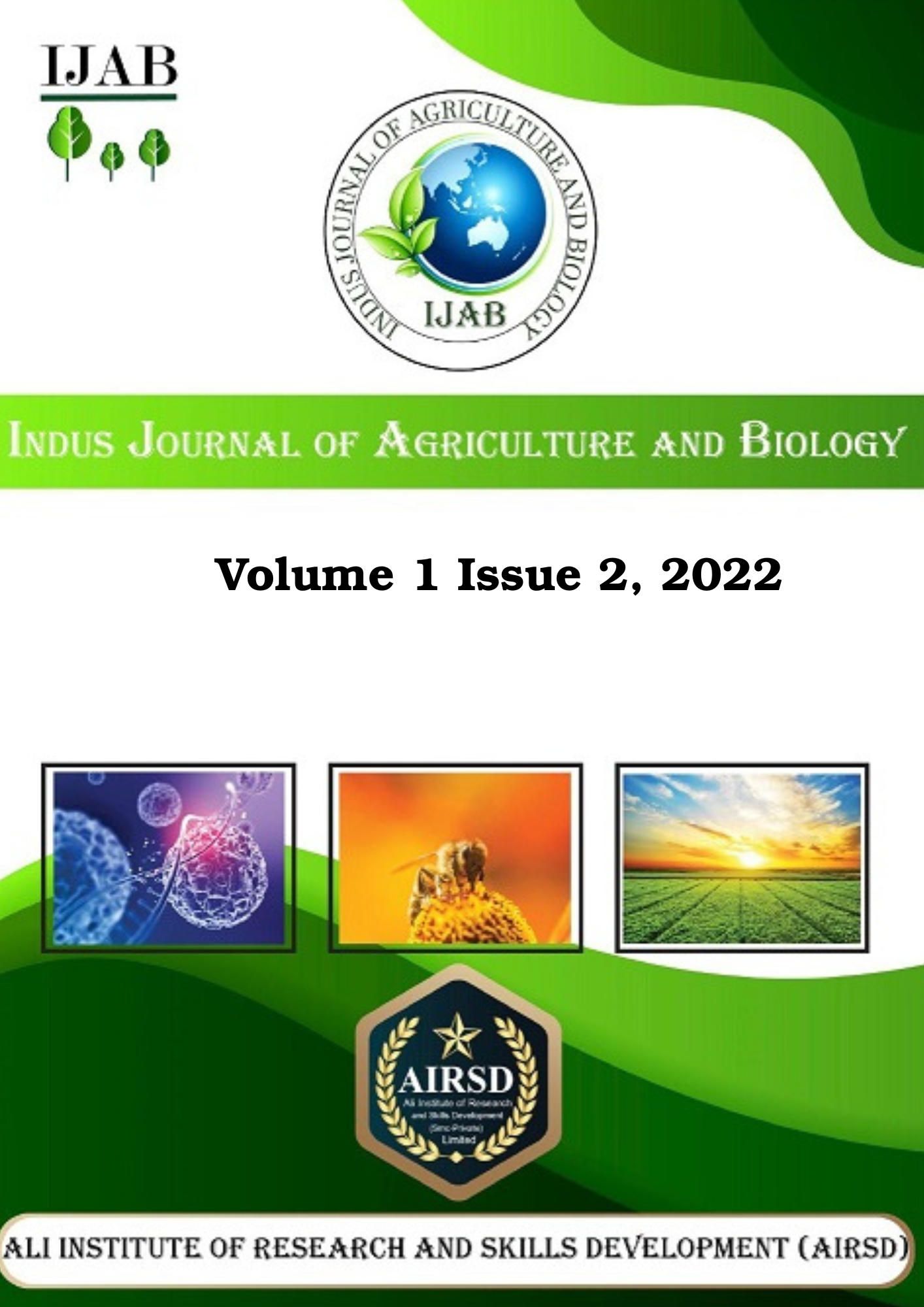Identifying the Primary Reasons for Post-Harvest Losses and Proposing Strategies to Minimize them in Cotton Crops
Keywords:
Agricultural produce, Agro-ecological zones, Inadequate storage, Improved ventilation, Pests, Post-harvest losses, Storage conditionsAbstract
Background: Post-harvest losses (PHL) are the decline in quantity and quality of agricultural products between harvest and consumption. These losses, which can be ascribed to poor handling, inadequate storage, pests, diseases, and inefficient supply chains, pose significant threats to food security, economic stability, and long-term viability. Objectives: Through an examination of three agro-ecological zones— Faisalabad, Multan, and Lodhran—the research sought to identify the leading causes of post-harvest losses and to propose empirically- supported mitigation strategies. Methods: In a comprehensive mixed- methods analysis, "inadequate storage," cited by 35% of respondents, and "pests/diseases," cited by 25% of respondents, emerged as the most significant contributors. Results: Quantitative evaluations revealed distinct losses in Faisalabad (15% decline from 1000 kg to 850 kg), Multan (20% decline from 1000 kg to 800 kg), and Lodhran (22% decline from 1000 kg to 780 kg). Evaluations of storage conditions revealed disparities, particularly in Multan, where average temperatures were 28°C, relative humidity was 65%, and insect control measures were ineffective. Losses decreased from 22% to 12% as a result of the implementation of strategic interventions, such as enhanced ventilation. Conclusion: The findings highlighted the critical need to refine post-harvest practices to improve global food security and sustainability.
Downloads
Published
How to Cite
Issue
Section
License
Copyright (c) 2022 Indus Journal of Agriculture and Biology (IJAB)

This work is licensed under a Creative Commons Attribution 4.0 International License.











